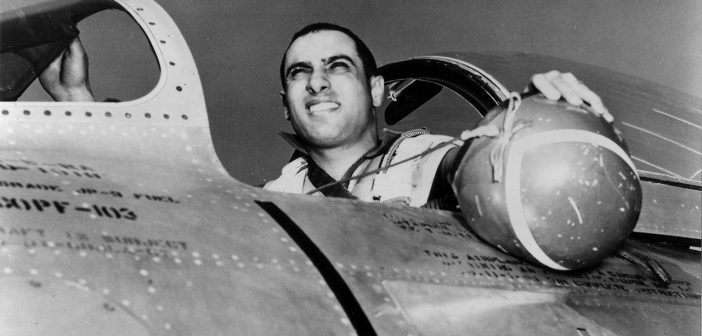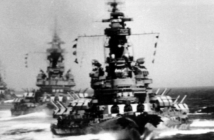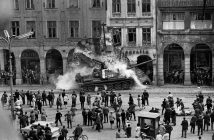On May 20, 1951, during the Korean War, U.S. Air Force Capt. James Jabara scored his fifth and sixth victories aboard the F-86 Sabre, officially becoming the world’s first jet-to-jet ace.
In order to qualify as an ace, a pilot had “to destroy five or more enemy aircraft in aerial combat,” according to a fact sheet posted on the New Jersey government website.
Following the achievement, the National Museum of the US Air Force writes, he got orders to go home to the US to complete “special duty,” but went back to Korea “at his own request” in 1953.
“By June, he had shot down nine more MiG-15s, giving him a total of 15 air-to-air jet victories during the Korean War,” they continued. “Jabara was also credited with 1.5 victories over Europe during World War II.”
A former Boy Scout who, as a child, reportedly ate mass amounts of carrots in an attempt to improve his eyesight enough to be an aviator, Jabara went onto fly more than 100 WWII missions before he turned 20, according to Military.com columnist Bethanne Kelly Patrick.
At age 43, by then an Air Force colonel, Jabara was killed in a car accident in Florida while getting ready to leave for another tour in Vietnam, as reported by the Chicago Tribune on November 18,1966. He is buried at the Arlington National Cemetery along with his daughter Carol, according to the cemetery’s records.
He’s since become the namesake of an award at the US Air Force Academy. According to the academy, the annual Jabara Award for Airmanship, founded in 1967, is presented to graduate(s) “whose airmanship contributions are of great significance and set them apart from their contemporaries.”




